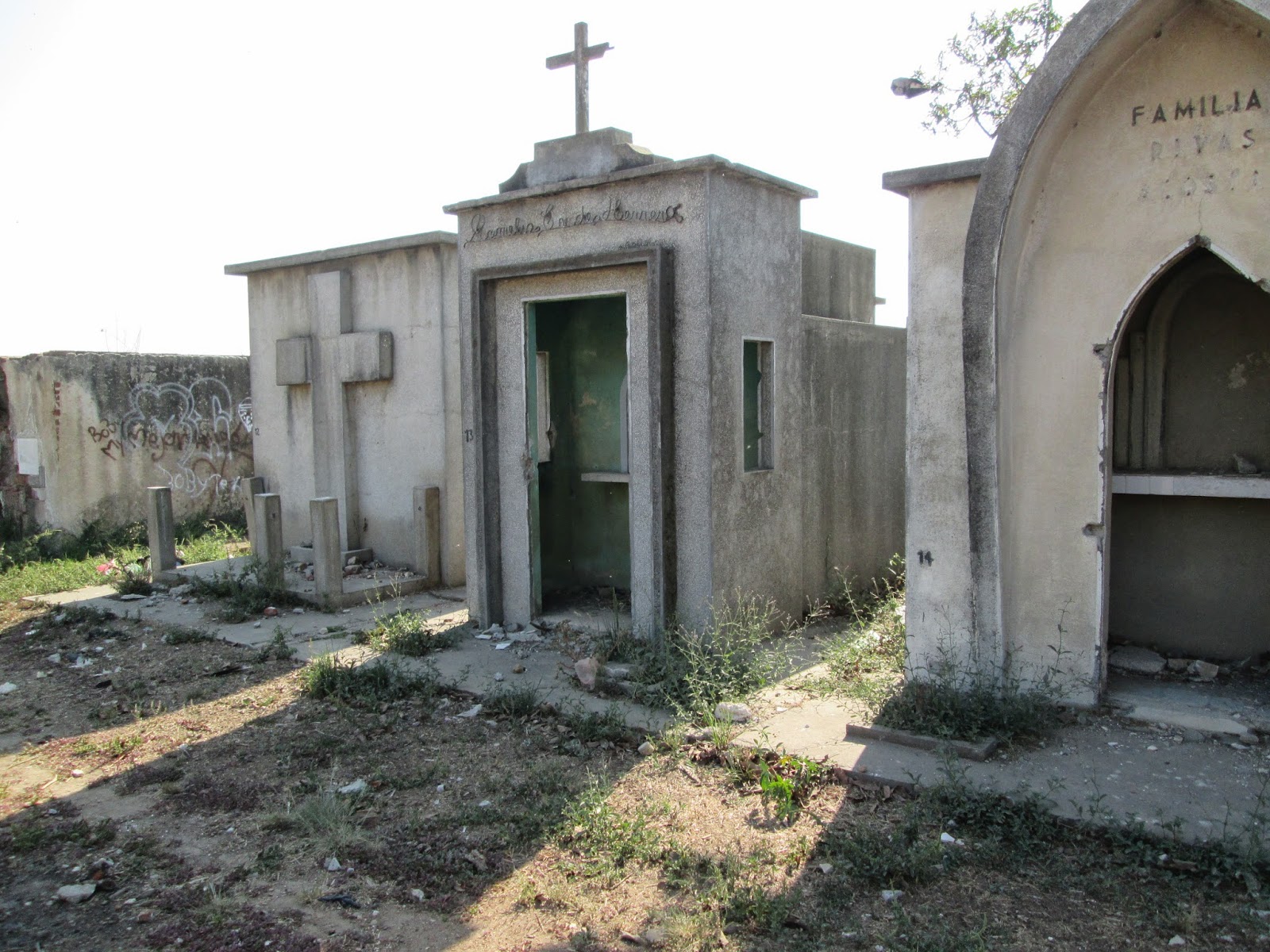Indian child
delicate
sprig of violet
with
your breath sustaining
our
poor faith the sunshine of Justice.
From
The Certainty of Spring by Julia Esquivel, poet and theologian
We, the people of the United States, created
the situation in Guatemala by financing the 36-year civil war to impose
Capitalism - so we own the problems – they’re sealed and paid for.
Holy week is a festival in Guatemala. The streets are shoulder to shoulder with
people – vendors everywhere. Kids with
clever salesmanship sell craft items made by their families. Some spoke in English, “You buy from me,…
maybe tomorrow? Do you promise?”
I asked a boy what the pageantry was
about. For me, he said, “Holy Week was
the time to make a decision.” “What
decision?” I asked. “Whether to be a
Catholic or an Evangelical,” he responded.
Although I had almost five years of
experience in Bolivia and had traveled to many other countries in Latin
America, I felt overwhelmed by the meeting with Julia Esquivel, by the
discussion at NISGUA and by the trip to the Guatemala City dump. By the time we reached the village of Santa Apolonia
and the Milwaukee School Sisters of St. Francis’ Orphanage, I felt I couldn’t
absorb more. I took no notes; I have
memories, but to be accurate and clear as possible, I interviewed Sister
Marietta Hanus, S.S.S.F., one of the founders of the orphanage. Sister Marietta now lives in Milwaukee and is
a supporter of the Voces de la Frontera New Sanctuary Movement.
Sister Marietta explained that the story of
the orphanage begins in 1981. Milwaukee
School Sisters of Saint Francis had a group of nuns in the municipality of Los Amates
de Izabal. The Milwaukee sisters
intended to establish a Guatemala presence of the School Sisters of Saint
Francis. S. Marietta did counseling and teaching at the convent. The sisters also did pastoral work, but they
were in the midst of the Guatemalan civil war.
Pastoral work based on “love God and love your neighbor” was
subversive. And then their parish priest
was murdered. The sisters had to leave
Los Amates and go into hiding. Some went to Guatemala City, others to Honduras
and Mexico.
The next year the sisters that were refugees
in other countries reunited with their displaced sisters in Guatemala
City. A Guatemalan sister noted that the
horrible war had destroyed many Guatemalan families, the basis of civil
society. It was decided to establish new
homes for mothers widowed by the war and for the orphan children. It would not be an institution or orphanage as
such, so the name chosen was Homes of Our Lady of Guadalupe. The Bishop of Solola provided land in the village
of Santa Apolonia with a 99 year lease. The
buildings were constructed in 1985.
The first children in the orphanage were
from the village of Santa Apolonia and other children displaced by the war were
soon added. War widows were the family
caretakers. In the following years the children were to take responsibility for family living and
their future. At ten years old they would
decide on which training at the complex they wanted to pursue: shoe
making, sewing and tailoring, carpentry, or farming. Children could stay until they were 18 years
old. Now there is a government law that
the children are to be available for adoption, but the loss of one of the
children from a community family can be disrupting.
Sister Marietta told some stories of the
children, such as the twins whose mother died in childbirth. The dad, a local farmer, could not take care
of the newborns. He would come with one of his other children to visit and he brought eggs to the Sisters in gratitude for caring for his sons. The twins, David and
Christopher, prospered at Guadalupe Homes and became competent workers. One was skilled with computers and the other
a mechanic.
One boy was the survivor of an automobile
accident in which his whole family was killed except for his mom. She was pregnant with him at the time. The mom went into a coma, but the baby was
born. She was unable to care for the boy
so he was taken in by Guadalupe Homes.
At baptism the baby boy was named Moses because he had been saved by God
from death.
Lia, another orphan, was taken into town so
she could see a doctor. When she heard marimba music playing on a radio, she
became very upset and cried, “That was the music I heard when they killed
daddy.” When soldiers appeared at the
community gates she pleaded, “You’re not going to kill us like you did my
daddy.”
What about the soldiers?... they too are
just kids recruited from the countryside.
During the Holy Week pageantry they were very visible on the
streets. I asked one very young soldier,
armed with an automatic weapon, if it was true that in the past the military massacred
people in various municipalities. He
said, “Yes.” I asked if he also would do
that – he said, “I don’t know.”
When they reached the place called
the Skull, they crucified
him and the criminals there, one on his right, the other on his left. Then
Jesus said, “Father forgive them for
they know not what they do.”
(Luke 23, 33-34)







.JPG)
